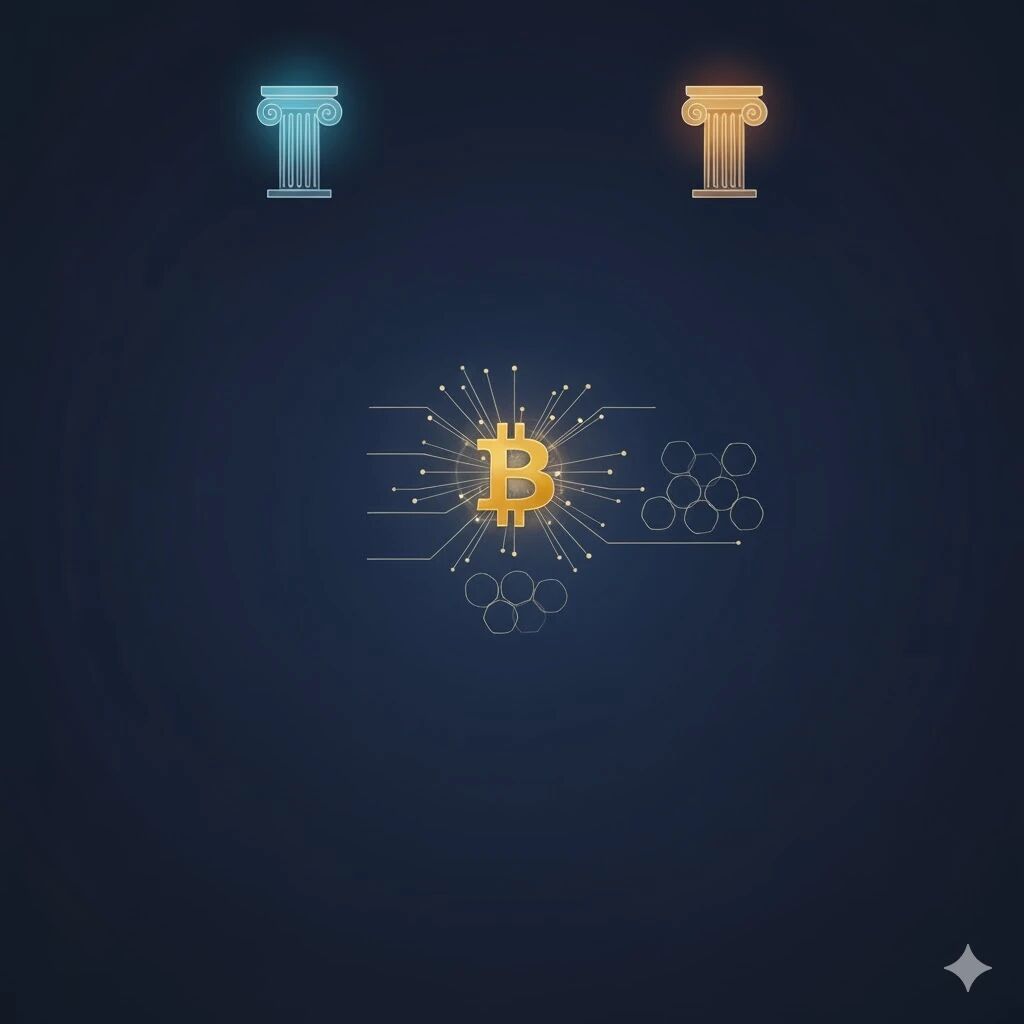
Logic is the foundation of human cognition — the formal basis through which we understand the world and build science. Since ancient times, human rationality has relied on two fundamental laws of logic:
From Leibniz to Russell, Frege, and Hilbert, thinkers have long sought to construct a universal logical structure — to make logic the common language of all sciences. However, this goal encountered a fundamental obstacle in the 20th century.
In 1931, Gödel’s Incompleteness Theorems revealed:
Any sufficiently strong formal deductive system is either inconsistent or incomplete.
In other words: deduction alone cannot exhaust all truths — a purely formal system cannot coherently enclose the world. This not only shook mathematics but also undermined the foundation of the rationalist scientific worldview. Logic had to break through deduction in order to continue expanding.
Turing did not stop at the formal deductive logic embodied by the Turing Machine. In his doctoral dissertation, he proposed the Ordinal Logic System and the Oracle Machine.
What does this mean?
Turing attempted to introduce inductive logic into formal systems — allowing them to extend beyond finite limits and enhance their expressive power.
Thus, a key insight emerges:

Turing’s true contribution was not computability itself, but opening a formalized path that unites deduction and induction.
Deductive logic is deterministic, while inductive logic is an approximative logic involving uncertainty — naturally related to probability.
Hence, we arrive at a profound understanding:
Probability is not merely a statistical tool — it is the language of logic, the bridge connecting deduction and induction.
Probabilistic logic expresses the central theme of post-Gödel logic: how to reason rationally under incomplete information.
After Turing, John Nash proposed the Hierarchical Introspective Logic System, granting logical systems the ability for self-reflection, self-explanation, and dynamic convergence. For the first time, logic was combined with game theory, dynamic strategy, and asymmetric information.
From that point on, logic was no longer a static reasoning tool — it became the design language of cooperative system structures.
All of this culminated in 2008, when a person named Satoshi Nakamoto encoded it into a piece of software. Bitcoin is not a currency — it is a logical structure:
It unifies deductive and inductive logic through probabilistic mechanisms, forming a centerless adaptive system that actually runs.
The internal logical structure of Bitcoin:

Bitcoin accepts Gödel’s insight that “formal deductive systems are incomplete.” By incorporating inductive logic and the language of probability, it achieves logical unification — a modern engineering realization of Leibniz’s dream of the “Characteristica Universalis.”
Bitcoin accomplished a revolutionary feat:
It proved that logic can become an executable engineering structure.
It can define not only currency, but also — in the future — energy consensus, knowledge consensus, AI collaboration consensus, judicial rule consensus, and beyond. It is the universal logical foundation for constructing Centerless Adaptive Systems (CAS).
In the next thirty years, countless “Bitcoin-like systems” will emerge — not processing ledgers, but addressing the structural problems of the world.
Rationalism (Deductive Logic)
→ Empiricism (Inductive Logic)
→ Gödel (Formal Incompleteness)
→ Turing (Formalization of Inductive Logic)
→ Nash (Introspective Logic & Game Dynamics)
→ Satoshi Nakamoto (Engineering Unification of Logic)
→ The Future: A World of Centerless Adaptive Systems ✅